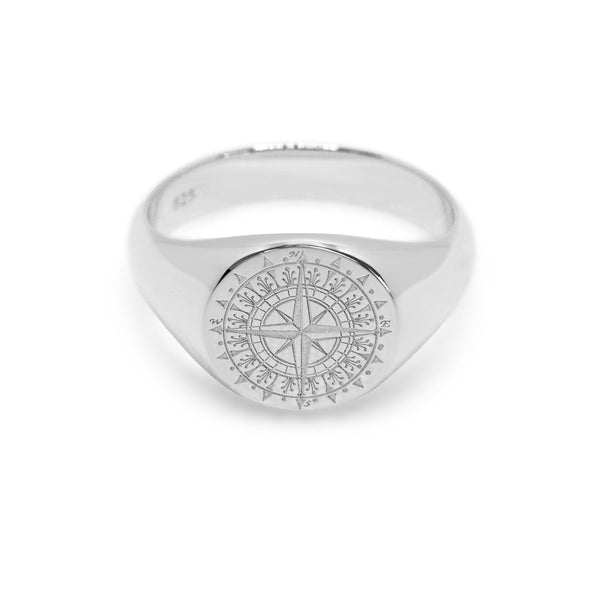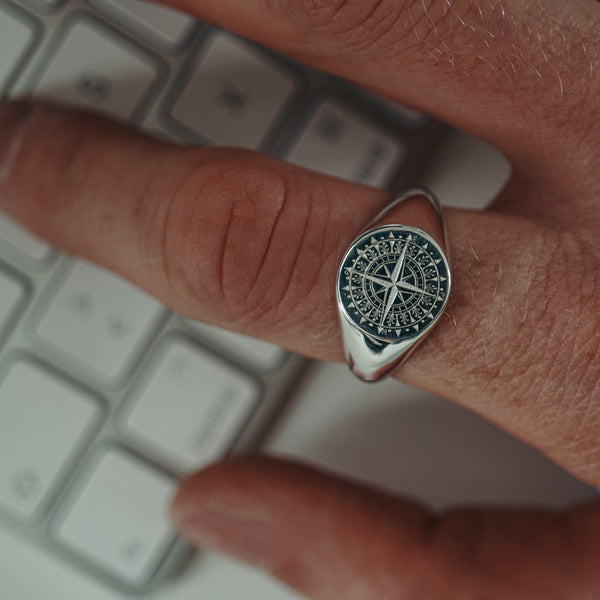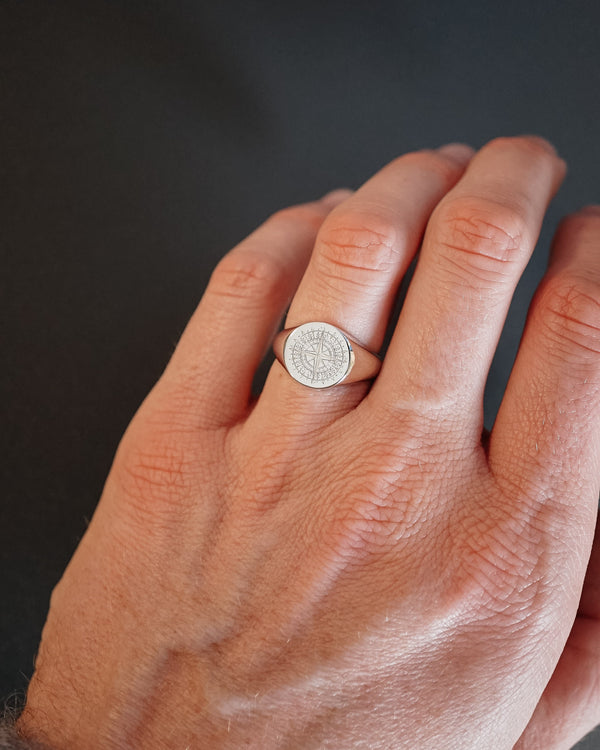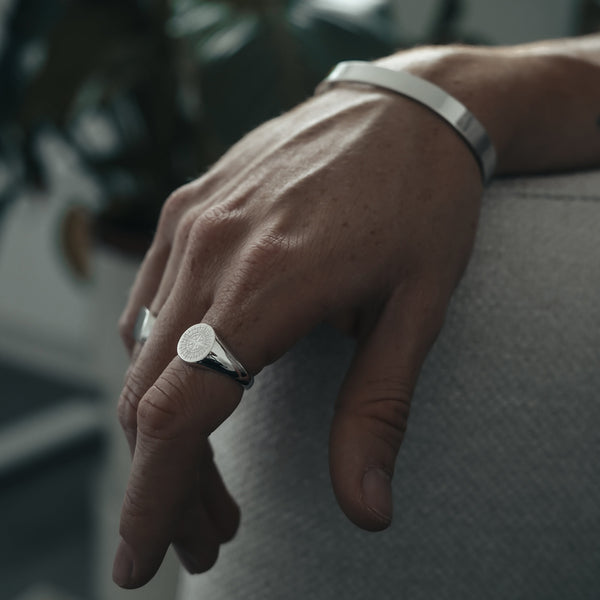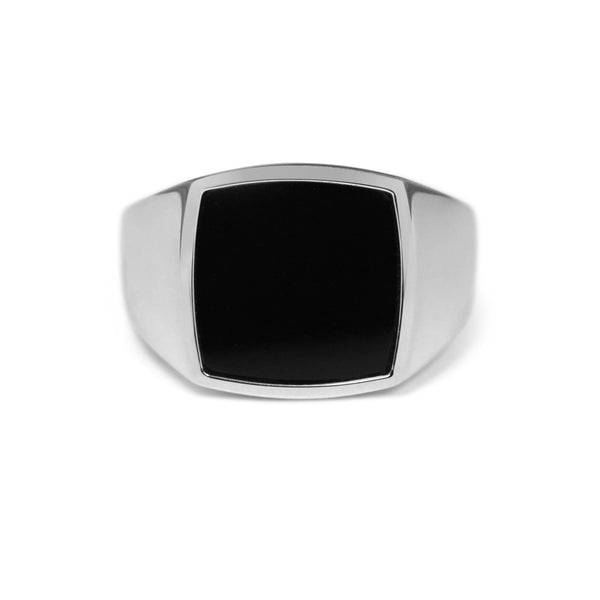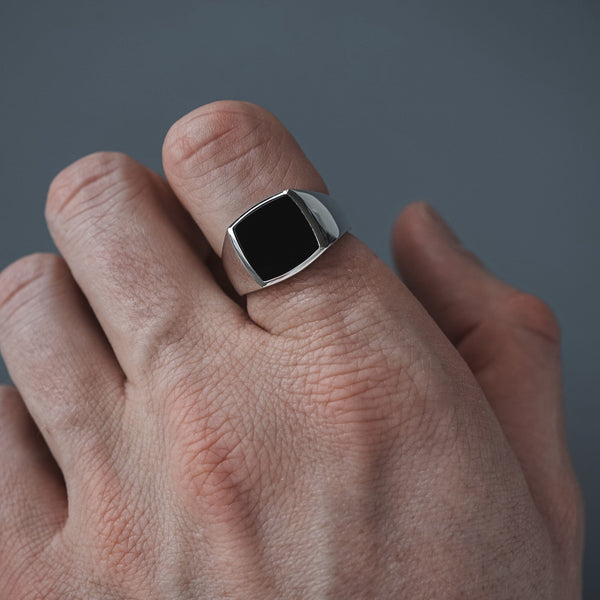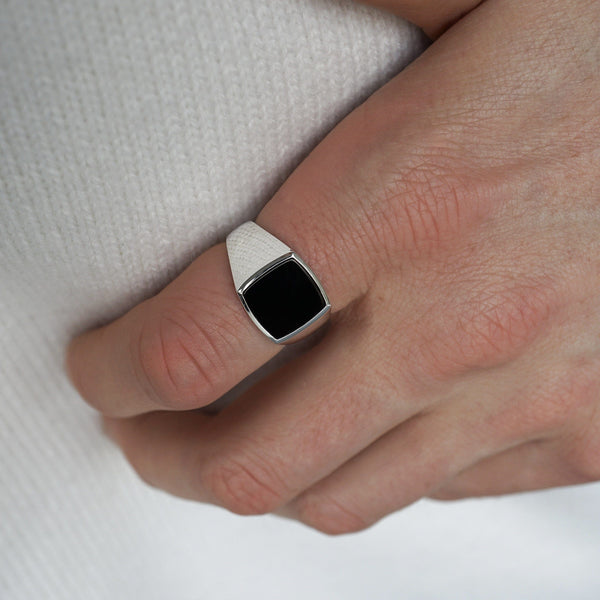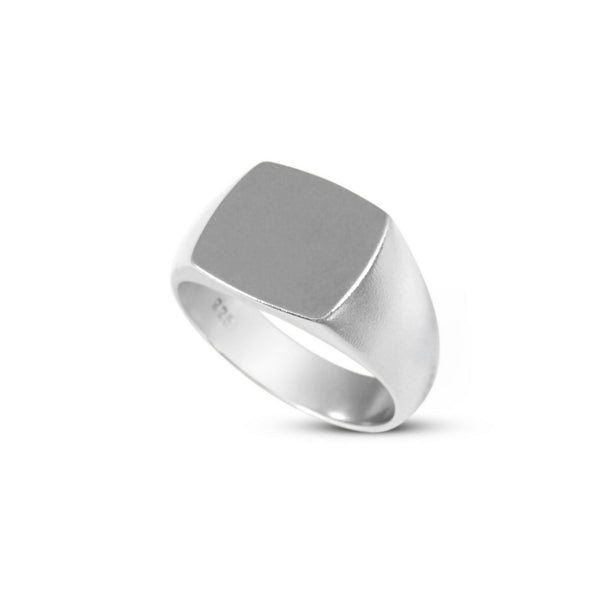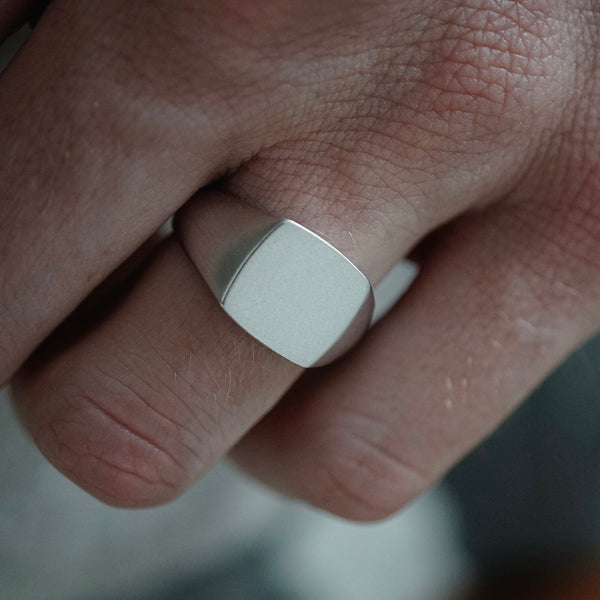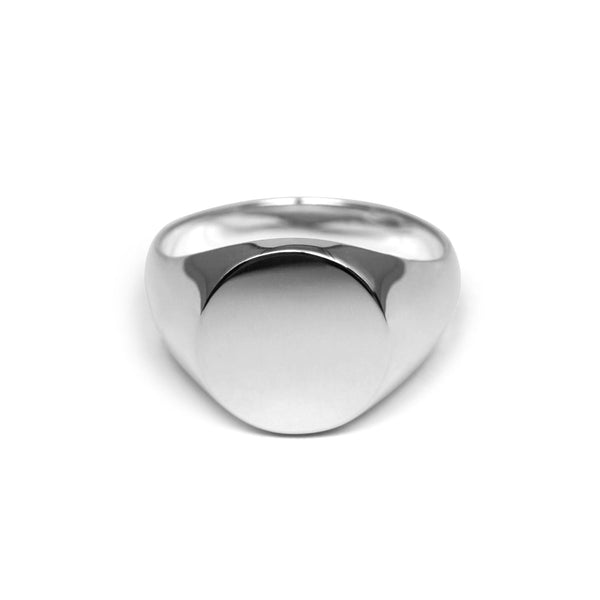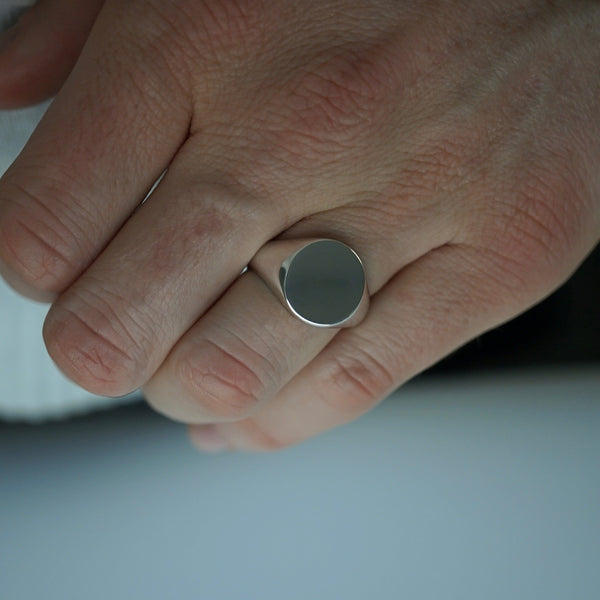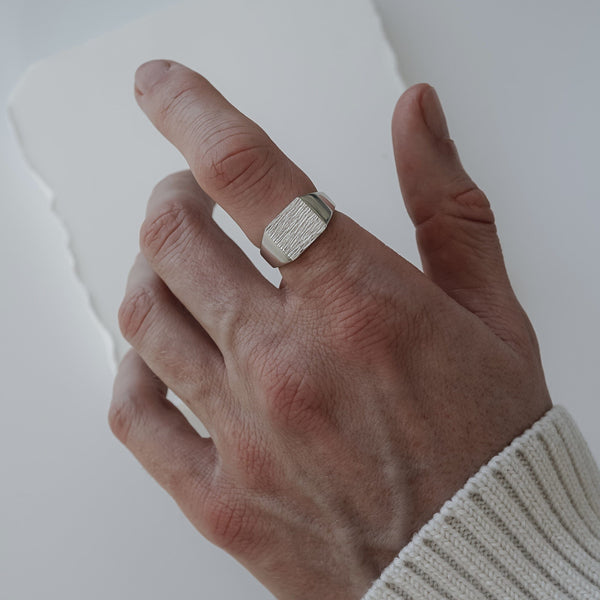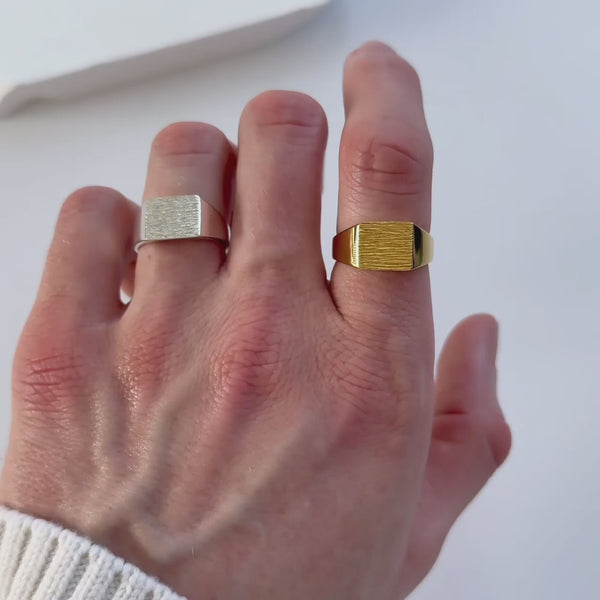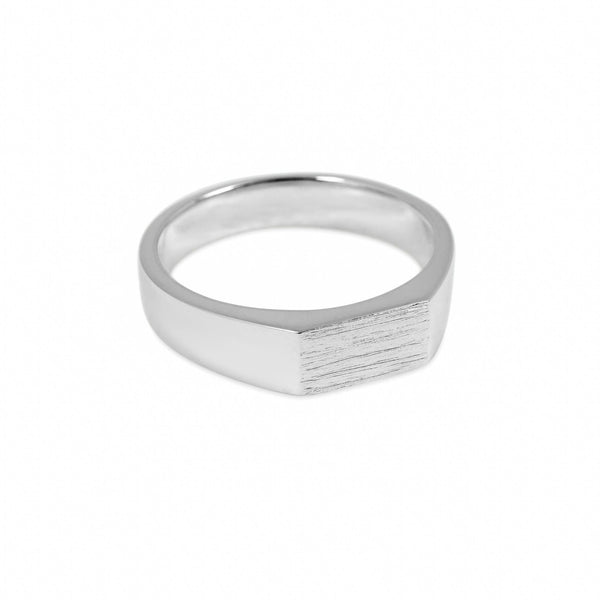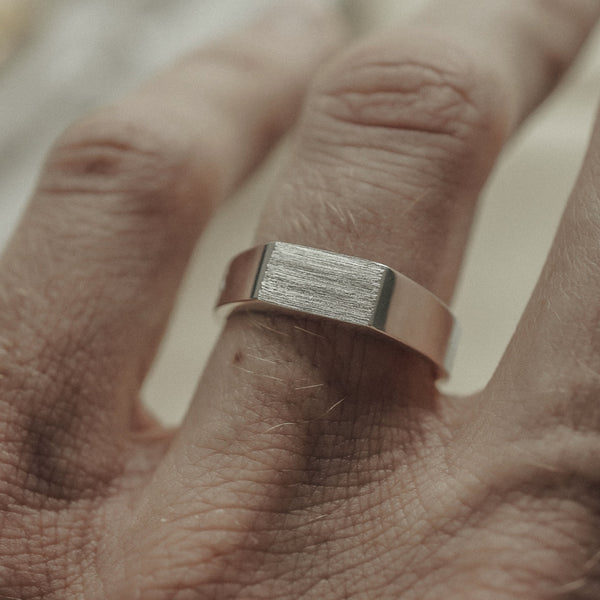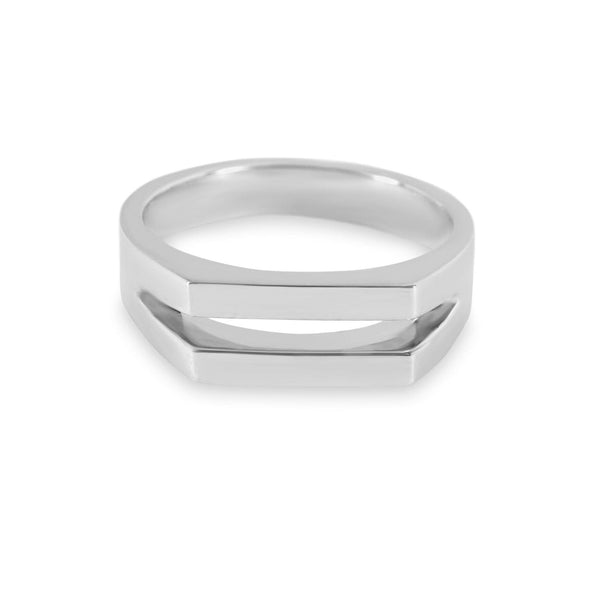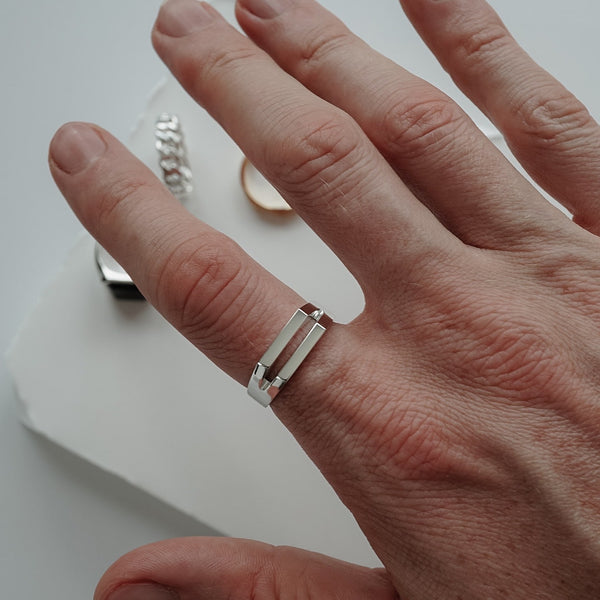How precious silver jewelry is made – a look into the workshop
The process of making silver jewelry combines precision and traditional craftsmanship. The path from raw material to finished ring or chain is divided into complex work steps. Silver jewelry making begins with the careful preparation of the raw material, which is crucial for the later quality and durability. Only the interplay of craftsmanship and modern techniques enables the production of precise unique pieces.

Step 1: Melting and alloying
Fine silver (999/1000) with 99.9 percent purity is too soft for direct processing. To make it harder, silversmiths must alloy it. They melt the fine silver in a crucible at about 961 degrees Celsius and usually mix it with copper for ring jewelry manufacturing. The result is 925 sterling silver, which consists of 92.5 percent pure silver and 7.5 percent copper.
Did you know: 925 sterling silver is ideal in ring jewelry manufacturing for further processing into durable pieces of jewelry.

Step 2: Casting or rolling the raw material
After melting, the silversmiths bring the alloyed silver into a workable form during ring jewelry manufacturing. They either use the casting process or mechanical rolling.
Casting is excellent for complex, three-dimensional shapes: in the so-called lost-wax process, smiths embed a wax model in a plaster mold, melt out the wax, and fill the cavity with liquid silver during silver jewelry making.
During rolling, goldsmiths mechanically process the silver into bars, sheets, or wires of different thicknesses. These later serve as raw material for delicate wires or stamped shapes in silver jewelry making.

Step 3: Shaping, sawing, filing, soldering
Here begins the actual handiwork in silver jewelry making, where the design takes shape. Silversmiths shape the material: they saw, file, or mill sheets and wires. They forge solid pieces to densify the metal and fix the basic form. They then connect individual parts by soldering with silver solder, an alloy with a lower melting point.
Did you know: Experienced silversmiths perform the soldering step so precisely that the solder joints are later almost invisible.
Step 4: Sanding, polishing, and refining
For the characteristic shine, surface treatment in jewelry making with silver is essential. First, silversmiths sand the jewelry piece in several passes to remove all traces and create a perfectly smooth base. Then they polish the silver jewelry with pastes and wheels to a high gloss until it develops its bright, mirror-like shine.
Optionally, they refine high-quality pieces during silver jewelry making by rhodium plating – a thin galvanic protective layer of rhodium. It effectively protects the silver from tarnishing (oxidation) and gives it an even brighter shine.

Step 5: Stone setting and engraving
For elaborate designs, additional steps expand the jewelry making from silver. Setting stones or engravings add individual accents: precious or semi-precious stones (such as onyx, lapis lazuli) are set by experts by hand or machine into settings to shape the appearance and secure the stone. Finally, each piece undergoes strict final inspection for dimensional accuracy and quality before the silver jewelry reaches the market.

Conclusion: How is silver jewelry made?
Jewelry making with silver goes far beyond simple melting. It requires deep craftsmanship, technical knowledge, and the highest precision. This effort from alloying to final refinement justifies the price of high-quality silver jewelry – they guarantee durability and timeless aesthetics. Discover high-quality silver jewelry now!
About the author



